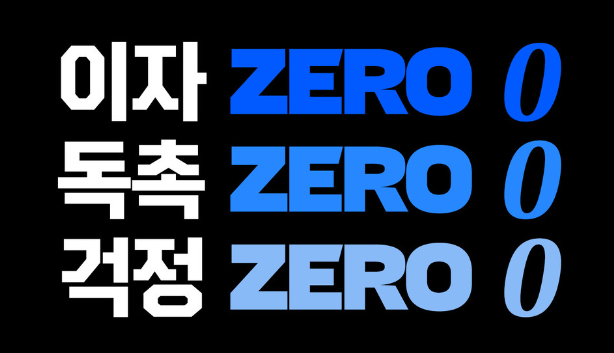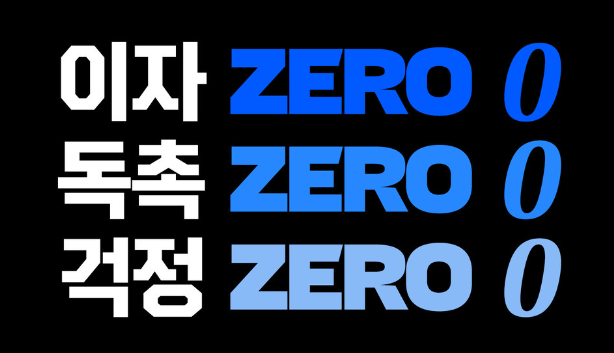In recent years, the concept of “개인회생자격” (personal rehabilitation eligibility) has gained significant attention in South Korea due to the increasing number of individuals facing financial difficulties. Personal rehabilitation is a legal process designed to help individuals in overwhelming debt regain their financial stability. This article will explore what “개인회생자격” entails, how it can be beneficial, and the criteria one must meet to qualify for it.
Contents
What is Personal Rehabilitation?
Personal rehabilitation is a form of debt restructuring that allows individuals who find themselves unable to repay debts to negotiate a repayment plan with creditors. This process is aimed at helping debtors pay off their obligations over a specified period while providing them relief from the threat of bankruptcy. It is especially relevant for those with a stable source of income but who have accumulated excessive unsecured debt.

The Importance of “개인회생자격”
Understanding “개인회생자격” is crucial for anyone considering this path to financial recovery. The eligibility criteria set specific standards that applicants must meet to be considered for the program. This process not only helps individuals regain control of their finances but also seeks to reopen avenues for credit and financial stability.
Eligibility Criteria for Personal Rehabilitation
To qualify for “개인회생자격,” individuals must meet certain criteria established under South Korean law. Here are the primary conditions:
- Income Stability: Applicants must demonstrate that they have a reliable source of income. This income could come from employment or any other regular sources. It is vital to show that the income is sufficient to meet the repayment plan.
- Debt Limits: There are specific financial thresholds to be considered for personal rehabilitation. An individual’s total debt must not exceed a certain limit. As of the current guidelines, individuals with debts less than 500 million KRW may qualify.
- Nature of Debt: The types of debt are also essential. Personal rehabilitation typically addresses unsecured debts, such as credit card debts, personal loans, and medical bills. However, secured debts tied to assets might not qualify for rehabilitation.
- Nonsatisfaction of Debts: If an applicant is not currently able to satisfy their debts, it strengthens their case for “개인회생자격.” This means they are unable to repay their debts without the help of the rehabilitation program.
- No Previous Bankruptcy or Rehabilitation: Generally, individuals who have previously undergone bankruptcy or another rehabilitation process may face restrictions on timing for reapplication.
The Application Process
Once individuals ascertain that they meet the “개인회생자격,” they can proceed with the application process. It involves several key steps:
- Preparation of Documentation: Applicants need to gather necessary documentation, including income statements, a list of debts, and other financial information.
- Filing a Petition: The next step is to file a petition with the relevant court. This petition will outline the applicant’s financial situation and proposed repayment plan.
- Court Review: The court will assess the application to ensure that the applicant meets the eligibility requirements. They may also hold hearings to clarify the situation or understand the proposed repayment plan better.
- Approval and Repayment: Once the court approves the application, the debtor enters a repayment period that typically lasts three to five years. During this time, they must adhere to the approved plan to settle their obligations.
